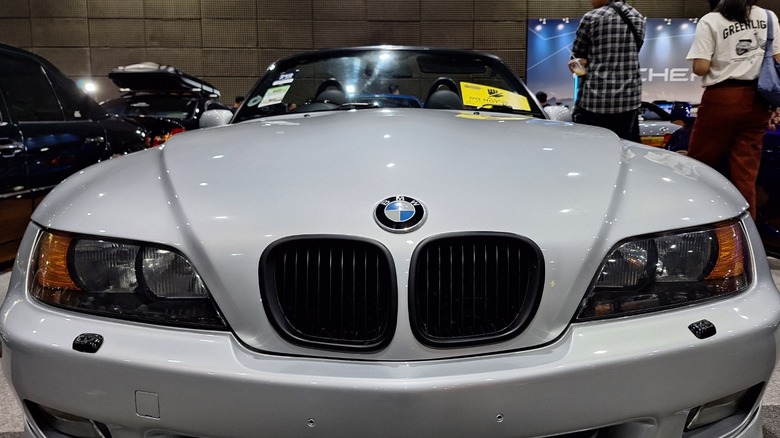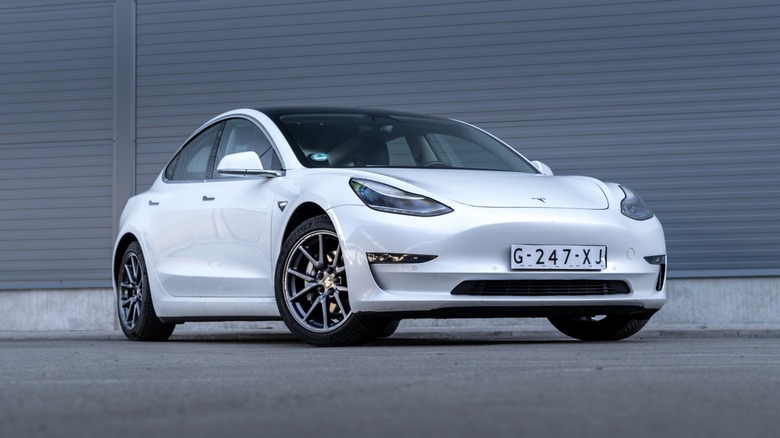What Is The Purpose Of A Car's Grille & Can You Drive Without One?
Imagine a BMW without its signature split-kidney grille or a Jeep CJ or Wrangler sans its familiar vertical bars. These and other designs like the large grilles Lexus uses are an instant way to identify certain brands of vehicles. But these features aren't just there as a brand signature; they help protect the engine and make the car more aerodynamic. A radiator grille isn't essential to the operation of a car, but without one you would end up with serious problems down the road (literally).
If it weren't for that protective barrier your radiator, fan, engine accessories, belts, and other components would be left exposed to flying debris. Rocks, bugs, sticks, and other objects large and small would be able to find their way into the engine compartment and cause all kinds of havoc. By channeling air efficiently into the engine bay, a grille also helps maximize engine cooling, especially at highway speeds or in hot weather. Damage to the radiator is one of the causes of overheating, which is a potential engine killer. So while it might not be essential for a car's ability to move, steer, or brake, the grille is definitely critical to its longevity. The fins of a car radiator are easily bent or broken by impact, and just getting bugs or leaves caught in them will seriously affect its ability to shed heat.
Do electric vehicles still need grilles?
As electric vehicles (EVs) become more common, you might have noticed that many of them have either very small grilles or no grille at all. For instance, the Tesla Model 3 has a solid panel where a traditional grille would be and a horizontal opening in the air dam just below that spot. That's because EVs shed heat via closed-loop systems with smaller radiators that cool the batteries, motors, and inverters. But if you look closely at the photo above, you'll notice slats in the opening that can catch some road debris.
But the looming internal-combustion bans coming to the European Union and many of the United States over the next decade or so don't mean the grille is gone for good. Some EVs still include faux grilles as part of their design signature, especially those from legacy carmakers that want their lineup to retain the brand's signature "face." The BMW i4 is a good example of this; that kidney grille is there mostly so it stays true to the 4 series' design aesthetic. The Hyundai Ioniq 6 uses shutters in the front air dam that only open when cooling is needed and close to improve aerodynamics and extend range when closed.
Clearly, the role of grilles is evolving, but this feature has by no means outlived its usefulness. Cooling the components of EVs is critical to helping them run efficiently, and even a small or non-traditional grille opening can accomplish this. And if you drive a car with an internal combustion engine, its grille offers much-needed physical protection that you won't want to do without for much longer than a trip to the end of the block.

